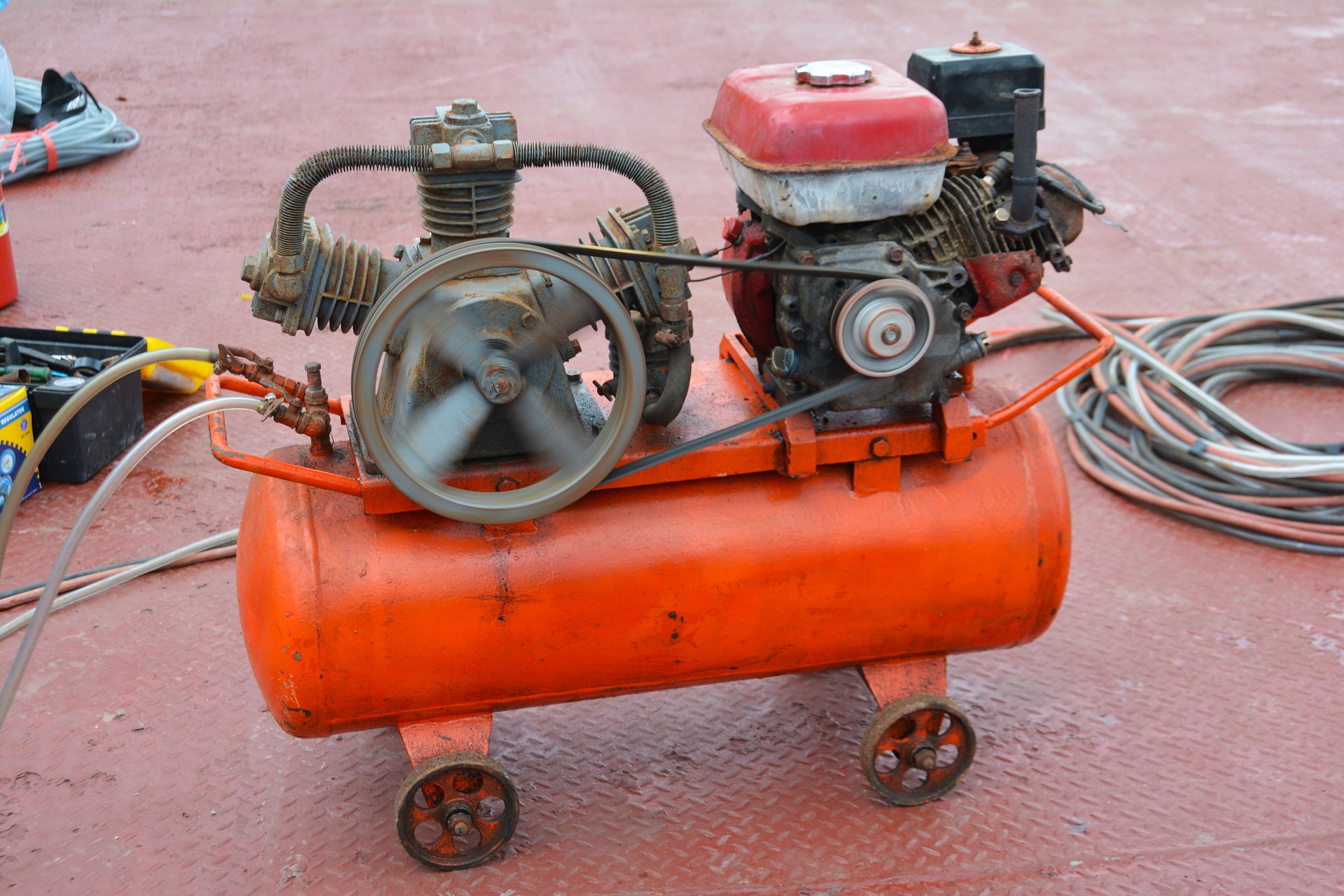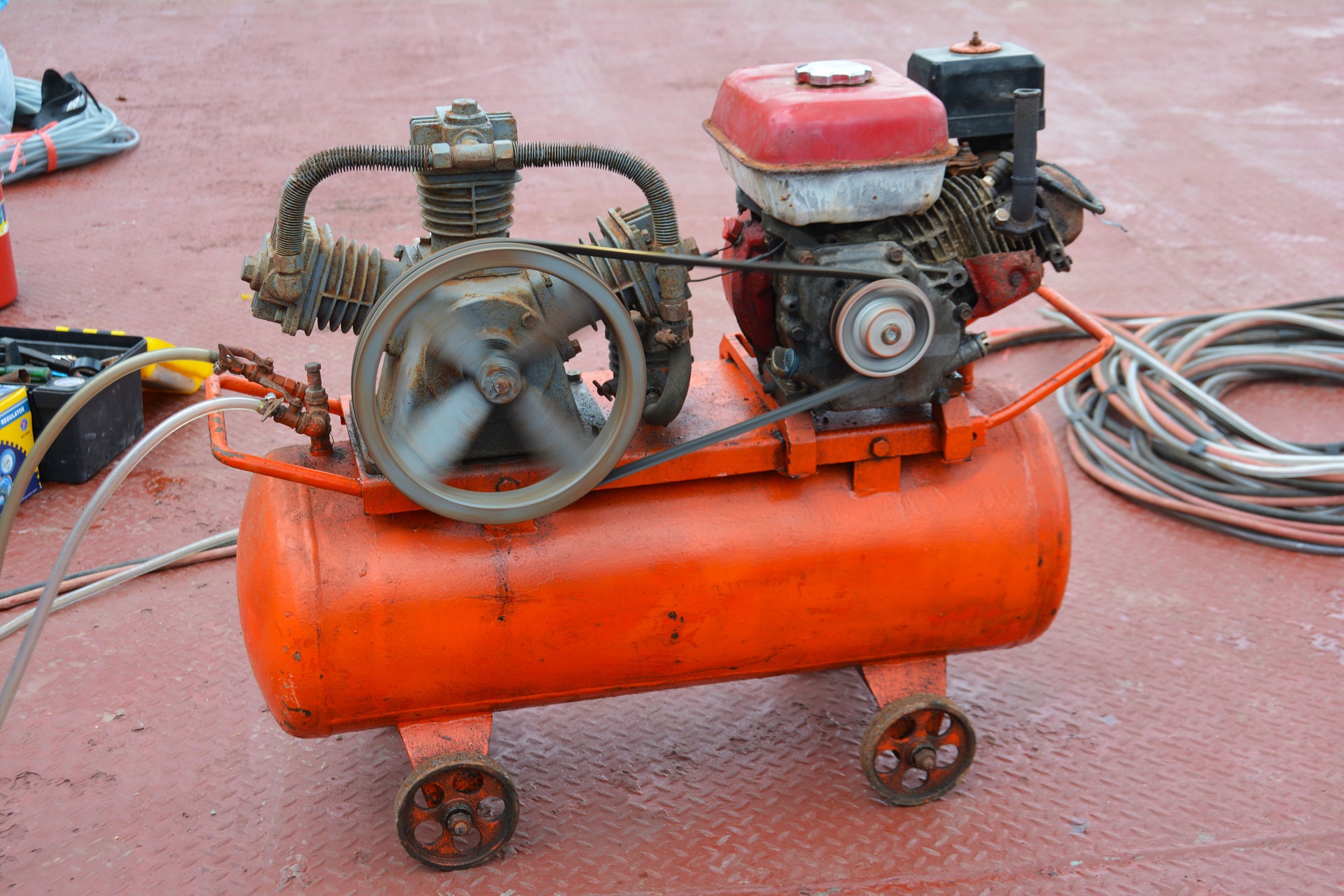A Guide to knowing the Functionality of Air Compressors
In today’s world of pneumatic activities, it’s difficult to envision when air compressors were nonexistent in production lines or workshops. The truth of the matter is, with regards to machine-age history, air compressors are a moderately recent development. Not very far in the past, the air apparatuses used in workshops ordinarily drew power from complex frameworks involved belts, another huge segment. Generally, such hardware was excessively gigantic, heavy and exorbitant for smaller tasks, and was in this manner restricted basically to bigger organizations.
Today, however, air compressors are normally found at industrial factories where items are assembled or in many spots where vehicles are serviced, for example, service stations and auto workshops.
The rundown of devices that run on compacted air is long, however, probably the most well-known pneumatic devices incorporate the accompanying: Drills, Grinders, Nail guns, Sanders, Spray guns, Staplers.
The most notable advantage of the standard workshop air compressor is its minimal and moderately lightweight measurements, which remain as opposed to centralized sources of intensity that generally use huge engines. Also, air compressors last longer, require less support, are simpler to move from worksite to worksite and are far less loud than antiquated apparatus.
So, How Do Air Compressors Work?
Air compression is basically a twofold procedure wherein the weight of air rises while the volume drops. In most cases, the pressure is accomplished with reciprocating cylinder innovation, which makes up most compressors available. Each compressor with a reciprocating cylinder has the accompanying parts: crankshaft, connecting rod, cylinder, piston, valve head.
Air compressors, generally, are controlled by either gas or electric engines — it differs by model. Toward one side of the chamber are the channel and release valves. Molded like metal folds, the two valves show up on inverse sides of the chamber’s top end. The gulf sucks air in for the cylinder to compress. The compressed air is then discharged through the release valve.
In certain air blower models, the pressure is produced with turning impellers. In any case, the models that are commonly utilized by mechanics, construction laborers, and crafts individuals will in general run on positive dislodging, in which air is packed inside compartments that lessen its space. Even though you can visit https://www.ablesales.com.au/air-compressors-factory-direct/ to know that some of the smallest air compressors comprise of simply an engine and siphon, most by far have air tanks. The motivation behind the air tank is to store measures of air inside specified scopes of weight until it’s expected to perform work. Thusly, the packed air is utilized to control the pneumatic instruments associated with the unit supply lines.

There are a few inventions that effectively connect with individuals on a standard, everyday premise, and different innovations that cause the world to go around from in the background. Air compressors and similarly as significantly, the internal operations of such apparatus that make it conceivable to change air into control fall into the latter classification. From pneumatic drills to AC units, a tremendous scope of air-controlled instruments and machines are responsible for the solace, shelter, automation, and proficiency of regular daily existence.
